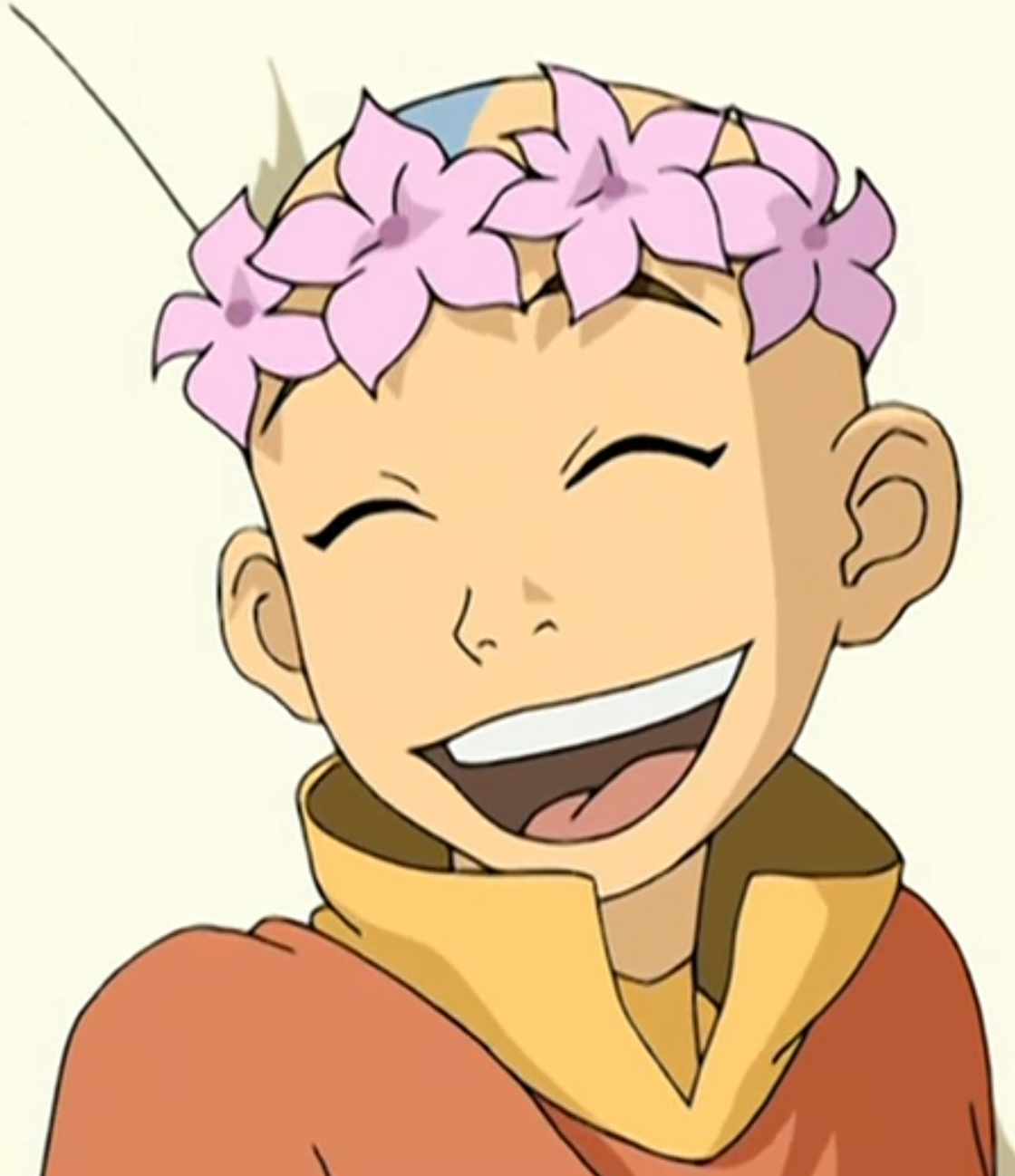Avatar: The Last Airbender has had something of a resurgence lately. The show was added to Netflix’s catalogue in May, and it currently holds the number one spot on IMDB’s list of 2000s cartoons. For those who grew up in the early 2000s, the show can evoke strong emotions and fond memories of childhood. But how much, exactly, did the show shape our worldviews? Looking back at the series in 2020, it becomes obvious that the politics of the show were a bit more radical than its contemporaries. Its portrayal of its characters is distinctly feminist, and introduced an entire generation of children to strong women, vulnerable men and the pitfalls of toxic masculinity.
The beauty of Avatar’s female characters isn’t that they’re feminine but strong; it’s that they’re feminine and strong. Katara, for example, is sweet, motherly and kind—but she can still kick someone’s ass if she wants. Toph is blind, 4’3”, and, like, 12 years old. She can also beat up the giant The Boulder in an earthbending match, she can see just as well (or better) than everyone else with her earthbending sense and she’s just an all-around badass. Suki and the other Kyoshi warriors wear their face-paint and combat uniforms—makeup and dresses—because they actually help them fight. They boost morale, and they’re the most battle-ready clothes they have. Their role model, Avatar Kyoshi, was as tough as an Avatar can be, and she wasn’t afraid to look feminine. The show asks the viewer: “Men wear face-paint and uniforms to fight. Why should it be different if it’s a woman?”
Avatar also isn’t afraid to have a female villain (or three). Azula is arguably the most well-developed villain in the series, and she and her associates, Ty Lee and Mai, are characterized with just as much depth as the heroes. Ozai, the big bad (voiced by Mark Hamill), is just irredeemably evil for basically no reason. Azula has motivation. We learn how she became who she is through her toxic relationship with her father and her perceived neglect from her mother.
Avatar delves deep into abusive family relationships, most notably in Zuko’s story. In flashbacks to his early childhood, we see Zuko as a kind, compassionate child, influenced heavily by his mother. But the influence of his father soon clouds his judgement—Ozai is cold, hateful and vengeful, challenging his 13-year-old(!) son to a duel for speaking out of turn, leaving a massive scar on his face. Zuko is subsequently banished from the Fire Nation for refusing to fight, and becomes hardened and cruel. It is only through his development throughout the series, aided by his uncle Iroh and the friends he makes along the way, that he begins to chip away at the trauma that formed him and become someone even stronger. Avatar teaches us toxic masculinity is often a defense mechanism designed to hide deeper insecurities. That’s an incredibly important message for a kids show—and even more important for kids watching who may be in a similar situation.
Speaking of male characters, let’s talk about how Avatar handles masculinity in a positive way. For starters, the main character is a pacifist vegetarian who loves to dance, wears flower crowns, makes jewelry for his friend and is more concerned with being kind than being tough. Aang is an important role model for young boys, showing them a softer, gentler kind of masculinity.
Sokka is where Avatar’s critique of toxic masculinity really shines, though. Sokka starts the series as an outright sexist, who says to Katara in the first five minutes of the series, “Leave it to a girl to screw things up.” Of course, right after, Katara responds, “You are the most sexist, immature, nutbrained…” so the show is clear in its criticism.
But how Sokka develops through the series is the real story. He starts as a narrow-minded bigot, and matures into an equal-minded adult who views women as his equals—and sometimes his better. He learns from the Kyoshi Warriors that being “feminine” is not a weakness—it’s a strength. By the end of the show, as the kids say, he takes a big chug of respect women juice.
To leave with a final note: at the end of Book 2, Aang has to choose between leaving his worldly desires behind, or choosing to be with his crush Katara. He chooses the love of his life. Uncle Iroh tells him he made the right decision; to live with happiness and love is the wisest choice one can make.
That’s what it means to be mature. That’s what it means to be a man. Love. And that’s the message millions of kids were raised on.
I, for one, think that’s beautiful.
